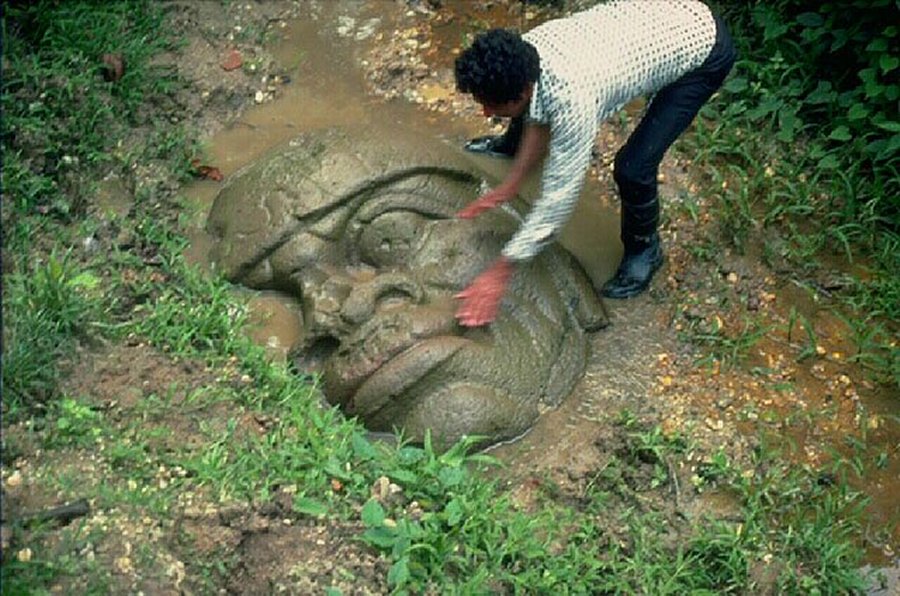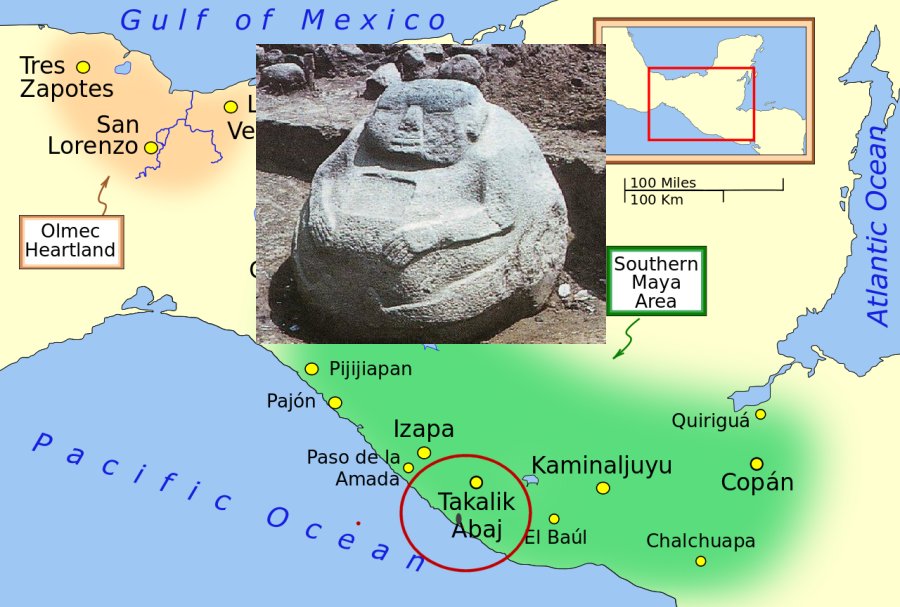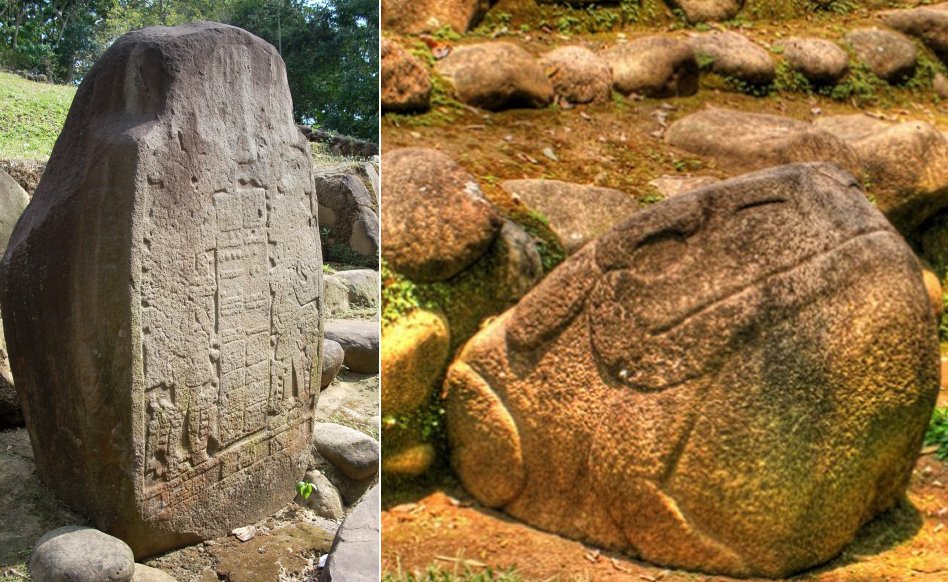Mysterious Abaj Takalik Of Guatemala And Intriguing Relationship Between Olmec and Maya
A. Sutherland - AncientPages.com - Abaj Takalik (also Tak'alik Ab'aj means 'standing stone' in the local K'iche' Maya language) has a pre-Columbian origin. The earliest known occupation at Takalik Abaj dates towards the end of the Early Preclassic, ca. 1000 BC.
The Mayan civilization emerged around 2000 BC and flourished around 900 AD, and about 300 BC, they constructed hundreds of enigmatic centers out of stone in what is now central Mexico, the Yucatán, Guatemala, Honduras, and Belize.
Our knowledge about the Maya significantly increased since 1976 when archaeologists led by John A. Graham of the University of California, Berkeley began to investigate the ruins of Abaj Takalik, situated on Guatemala's south coast, and in close vicinity (only seventy kilometers) from important Mexican ruin known as Izapa.
Archaeological finds from the site indicate contact with the prestigious center of Teotihuacán, a city of more than 150,000 people living in the Valley of Mexico, and imply that Abaj Takalik was conquered by it or its allies.
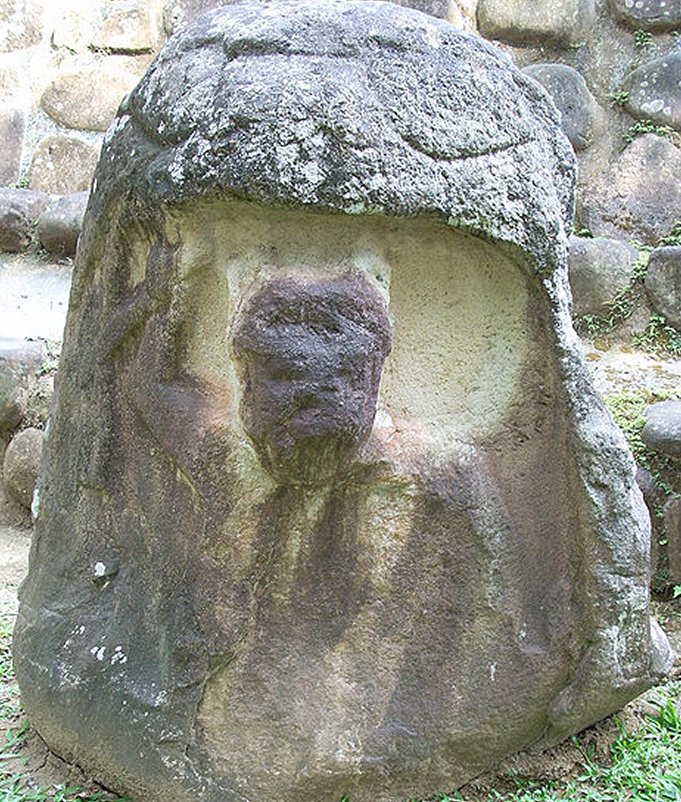 Monument 67 from Takalik Abaj, in Olmec style. source
Monument 67 from Takalik Abaj, in Olmec style. source
Continuous excavations have already exposed a Maya royal tomb, numerous hieroglyphic inscriptions and Maya sculptures predating the earliest known Maya monuments. The site is rich in both Olmec and Maya features, but first of all, it has one of the greatest concentrations of Olmec-style sculptures, petroglyphs and colossal heads that are typical for this mysterious civilization.
Abaj Takalik was a fairly large city with a sophisticated water drainage system, numerous earthen mounds, plazas, courts, and buildings positioned close together in four main groups covering nine terraces; some of them were natural and others artificial constructed.
Large Stelae And Gigantic Sculptures Dominate
"The stone monuments found at Abaj Takalik consist of upright slabs, known as stelae, and other sculptures unusual forms. Many of the monuments are unembellished, but others are carved with depictions of human figures, hieroglyphic texts, and complex designs. A number of the monuments are very large, with one weighing an estimated fifteen tons.
Most of the monuments are carved from local volcanic boulders, but one seven-ton stela is carved from an unusual stone probably imported from the Isthmus of Tehuantepec in Mexico, located some 300 kilometers away, attesting to a considerable feat in ancient long-distant transport…" 1
However, it's important to stress that "exploration has been difficult and time-consuming, since the thick stand of coffee and canopy shade trees cannot be cleared, and the ruins [of Abaj Takalik] have been planted in coffee for over one hundred years, according to John Graham of Department of Anthropology, UCB.
Today we know, the site flourished in the Preclassic and Classic periods, from the 9th century BC through to at least the 10th century AD, and was an important center of commerce and trading.
Several of the newly discovered monuments at Abaj Takalik include depictions of dignitaries dressed in traditional Maya costume and bearing characteristic Maya emblems.
See also:
Mystery Of Ancient Magnetic Potbelly Statues In Mesoamerica Revealed – But Something Is Still Wrong
Calakmul Was Powerful Ancient Maya Seat Of The Snake Kingdom
Mysterious Maya Snake Kings And Their Powerful Kingdom In The Jungle Reveal More Ancient Secrets
The latest archaeological discoveries have rewritten our knowledge of Abaj Takalik. Monuments and Maya designs at the site clearly suggest the region was inhabited by people whose history is much more complex than previously thought.
For example, unearthed ancient monuments depict public figures dressed in traditional Maya costume and bearing characteristic Maya emblems. Yet, interestingly, scientists noticed the details of the Maya are “clearly antecedent to the earliest presently known counterparts from northern Guatemala, the traditional domain of Classic Maya civilization.”
Left: Abaj Takalik, Stela 5, source; Right: Tak'alik Ab'aj sacred place, Guatemala. source
"At Abaj Takalik, the Maya Lord is seen clasping a serpent bar before his chest. “Here, however, the conventional serpent bar is replaced with a long, undulating naturalistic serpent. Perhaps most important to note is that “most of the Maya monuments at Abaj Takalik carry hieroglyphic inscriptions in a very early form of Maya writing.” 1
The serpent has always played an important role among the Maya. Known under a number of different names, Kukulkan, the Feathered Serpent was one of the most important gods in Mesoamerica.
The Aztecs called him Quetzalcoatl and the ancient Maya referred to him as Kukulkan. The K’iche’ group of Maya named him Gukumatz.
Abaj Takalik And The Olmec Connection
Even more interesting is that several of the discovered sculptures at Abaj Takalik are believed to date from an even earlier period.
“In addition to the discovery of very early Maya sculptures and hieroglyphic texts, a series of Olmec monuments were also unearthed. A human figure in Olmec relief style located on a large boulder near Abaj Takalik has been known for many years. The group of Olmec carvings discovered in 1976, however, represents the first time a substantial series of Olmec monumental sculptures have been found at a Maya site. Together with scattered discoveries of Olmec pieces from sites along the Pacific coast, these finds indicate a major Olmec presence on the south coast of Guatemala. The newly discovered Olmec sculptures include high relief carvings with rounded contours related closely to Olmec sculpture in the round.” 1
As previously reported, archaeologists unearthed the tomb of a powerful king, who may have led the transition from Olmec to Mayan culture between 700 and 400 BC.
This intriguing ancient site has approximately 282 monuments of Mayan and Olmec origin. It should also be noted that the characteristic potbellies can be found in this place, as well as a series of zoomorphic figures. They may offer more valuable information about the enigmatic Olmec civilization that left many traces at Takalik Abaj
Written by – A. Sutherland - AncientPages.com Senior Staff Writer
Copyright © AncientPages.com All rights reserved. This material may not be published, broadcast, rewritten or redistributed in whole or part without the express written permission of AncientPages.com
Expand for references- Graham, John A. "Discoveries at Abaj Takalik, Guatemala." Archaeology 30, no. 3 (1977): 196-97.
Michael D. Coe, Rex Koontz, Mexico: From the Olmecs to the Aztecs
More From Ancient Pages
-
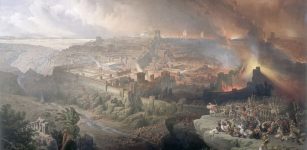 On This Day In History: Siege of Jerusalem: Titus And His Legions Breach The Middle Wall Of The City – On June 5, 70 CE
News | Jun 5, 2016
On This Day In History: Siege of Jerusalem: Titus And His Legions Breach The Middle Wall Of The City – On June 5, 70 CE
News | Jun 5, 2016 -
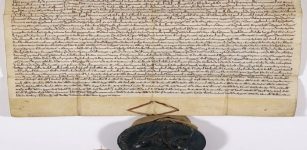 On This Day In History: Charter Of The Forest Was First Issued On London – On Nov 6, 1217
Featured Stories | Nov 6, 2016
On This Day In History: Charter Of The Forest Was First Issued On London – On Nov 6, 1217
Featured Stories | Nov 6, 2016 -
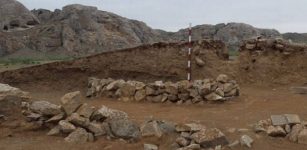 ‘Sophisticated’ 4,000-Year-Old Steppe Pyramid Discovered In Kazakhstan
Archaeology | Aug 12, 2023
‘Sophisticated’ 4,000-Year-Old Steppe Pyramid Discovered In Kazakhstan
Archaeology | Aug 12, 2023 -
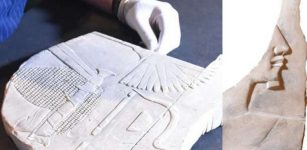 Mysterious Depiction Of Pharaoh Hatshepsut
Archaeology | May 17, 2018
Mysterious Depiction Of Pharaoh Hatshepsut
Archaeology | May 17, 2018 -
 Mystery Of The Faceless Creature – Ancient And Modern Sightings
Featured Stories | Jun 19, 2018
Mystery Of The Faceless Creature – Ancient And Modern Sightings
Featured Stories | Jun 19, 2018 -
 Incredible Shipwreck With Fascinating Cargo Found 1,200 Years After Sinking In Holy Land
Archaeology | Sep 22, 2022
Incredible Shipwreck With Fascinating Cargo Found 1,200 Years After Sinking In Holy Land
Archaeology | Sep 22, 2022 -
 Unexplained Accounts Of Mysterious Fires – ‘Burning’ Questions Remain Unanswered – Part 1
Featured Stories | Aug 2, 2019
Unexplained Accounts Of Mysterious Fires – ‘Burning’ Questions Remain Unanswered – Part 1
Featured Stories | Aug 2, 2019 -
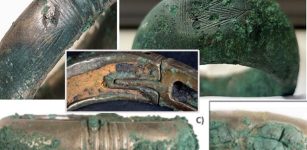 Intriguing Hoard Of Bronze Age Bracelets From Brittany, France Remains An Archaeological Puzzle
Featured Stories | Jan 30, 2024
Intriguing Hoard Of Bronze Age Bracelets From Brittany, France Remains An Archaeological Puzzle
Featured Stories | Jan 30, 2024 -
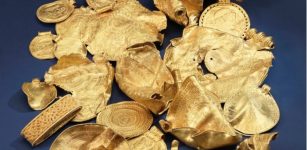 Vindelev Treasure – Surprising Evidence Of Nordic Connection With The European Iron Age Elite
Archaeology | Apr 9, 2024
Vindelev Treasure – Surprising Evidence Of Nordic Connection With The European Iron Age Elite
Archaeology | Apr 9, 2024 -
 Babylonian Conquest Of Jerusalem As Told In The Bible – Evidence Found In Mount Zion
Archaeology | Aug 16, 2019
Babylonian Conquest Of Jerusalem As Told In The Bible – Evidence Found In Mount Zion
Archaeology | Aug 16, 2019 -
 Isabel Neville And Unsolved Mystery Of Her Death
Featured Stories | Mar 28, 2019
Isabel Neville And Unsolved Mystery Of Her Death
Featured Stories | Mar 28, 2019 -
 Why Was Louis XIV Called The Sun King?
Ancient History Facts | Jul 11, 2019
Why Was Louis XIV Called The Sun King?
Ancient History Facts | Jul 11, 2019 -
 2000-Year-Old Room With Frescoes Discovered In Central Rome, Italy
Archaeology | Dec 4, 2015
2000-Year-Old Room With Frescoes Discovered In Central Rome, Italy
Archaeology | Dec 4, 2015 -
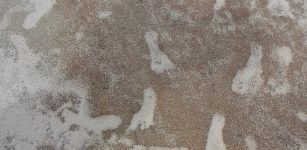 Oldest Fossil Human Footprints In North America Confirmed
Archaeology | Oct 6, 2023
Oldest Fossil Human Footprints In North America Confirmed
Archaeology | Oct 6, 2023 -
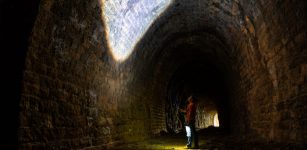 Riddle Of The Ancient Lost City Beneath Missouri – A Puzzling Discovery
Civilizations | Mar 21, 2022
Riddle Of The Ancient Lost City Beneath Missouri – A Puzzling Discovery
Civilizations | Mar 21, 2022 -
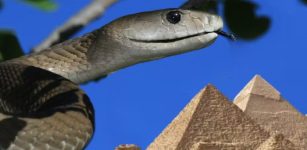 Brooklyn Papyrus Reveals Ancient Egypt Had Far More Venomous Snakes Than The Country Today
Featured Stories | Oct 24, 2023
Brooklyn Papyrus Reveals Ancient Egypt Had Far More Venomous Snakes Than The Country Today
Featured Stories | Oct 24, 2023 -
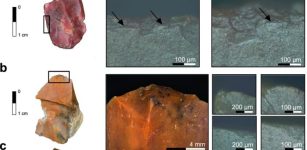 Life Of Earliest Modern Humans In Europe Revealed By Excavations Conducted In Romania
Archaeology | Aug 24, 2022
Life Of Earliest Modern Humans In Europe Revealed By Excavations Conducted In Romania
Archaeology | Aug 24, 2022 -
 2,000-Year-Old Teeth Reveal The Diet Of An Iron Age Woman
Archaeology | Oct 26, 2022
2,000-Year-Old Teeth Reveal The Diet Of An Iron Age Woman
Archaeology | Oct 26, 2022 -
 Great Wall Of India: Massive Structure That Surrounds Ancient Fort Of Kumbhalgarh
Featured Stories | Aug 31, 2015
Great Wall Of India: Massive Structure That Surrounds Ancient Fort Of Kumbhalgarh
Featured Stories | Aug 31, 2015 -
 New Method Reveals Falsified And Original Manuscripts Of Famous Robert Burns
Archaeology | Jul 28, 2018
New Method Reveals Falsified And Original Manuscripts Of Famous Robert Burns
Archaeology | Jul 28, 2018

